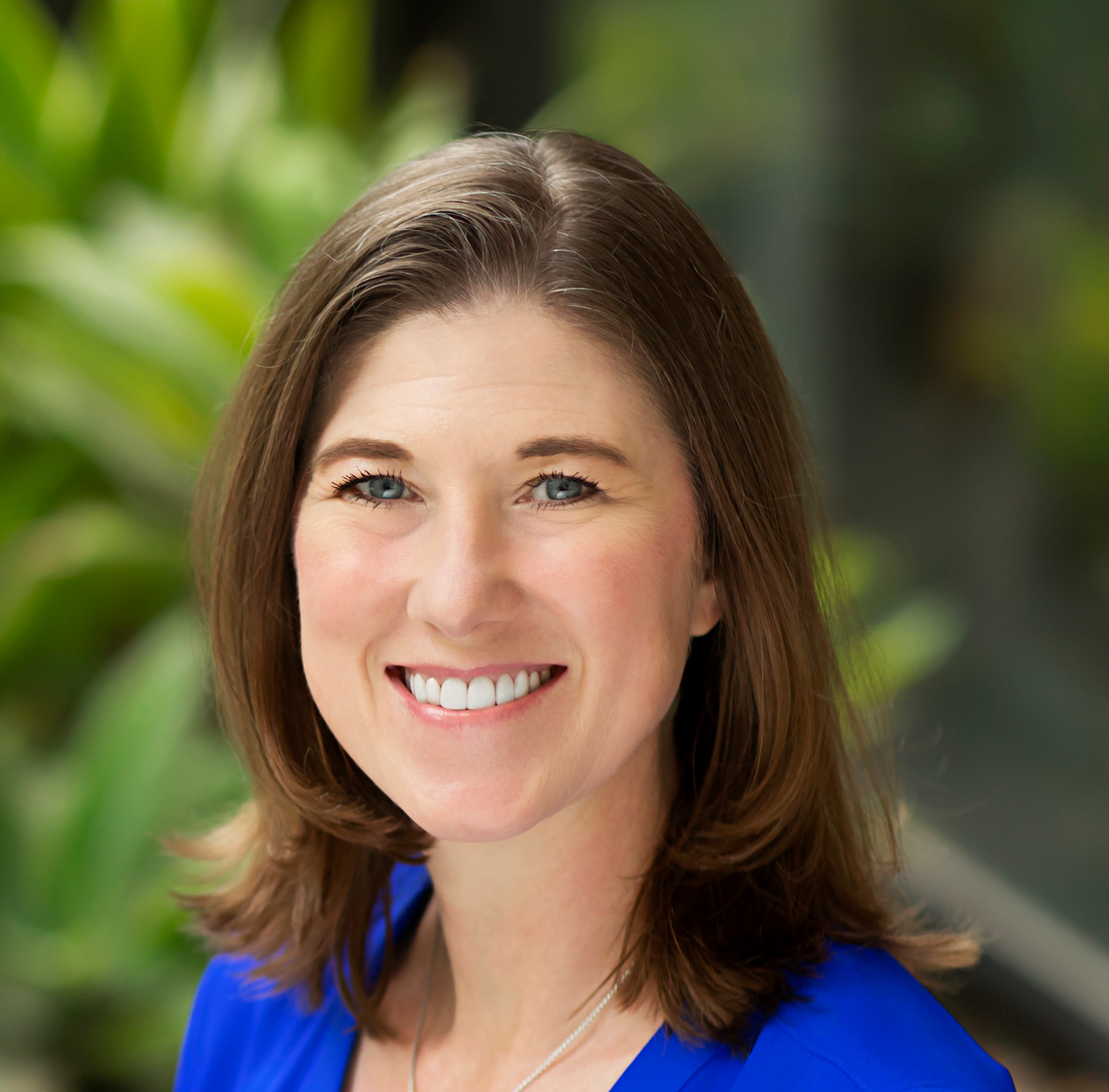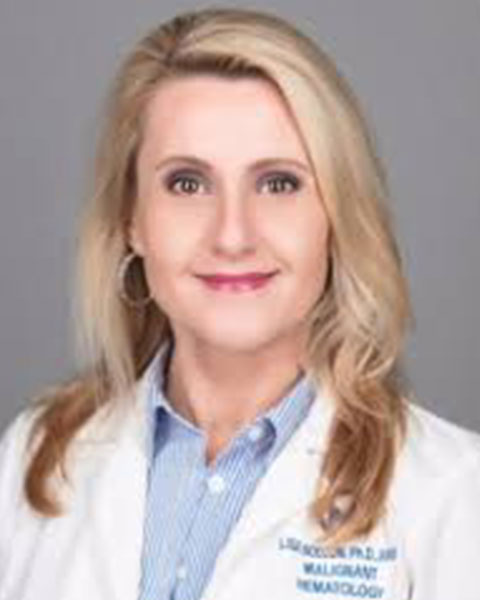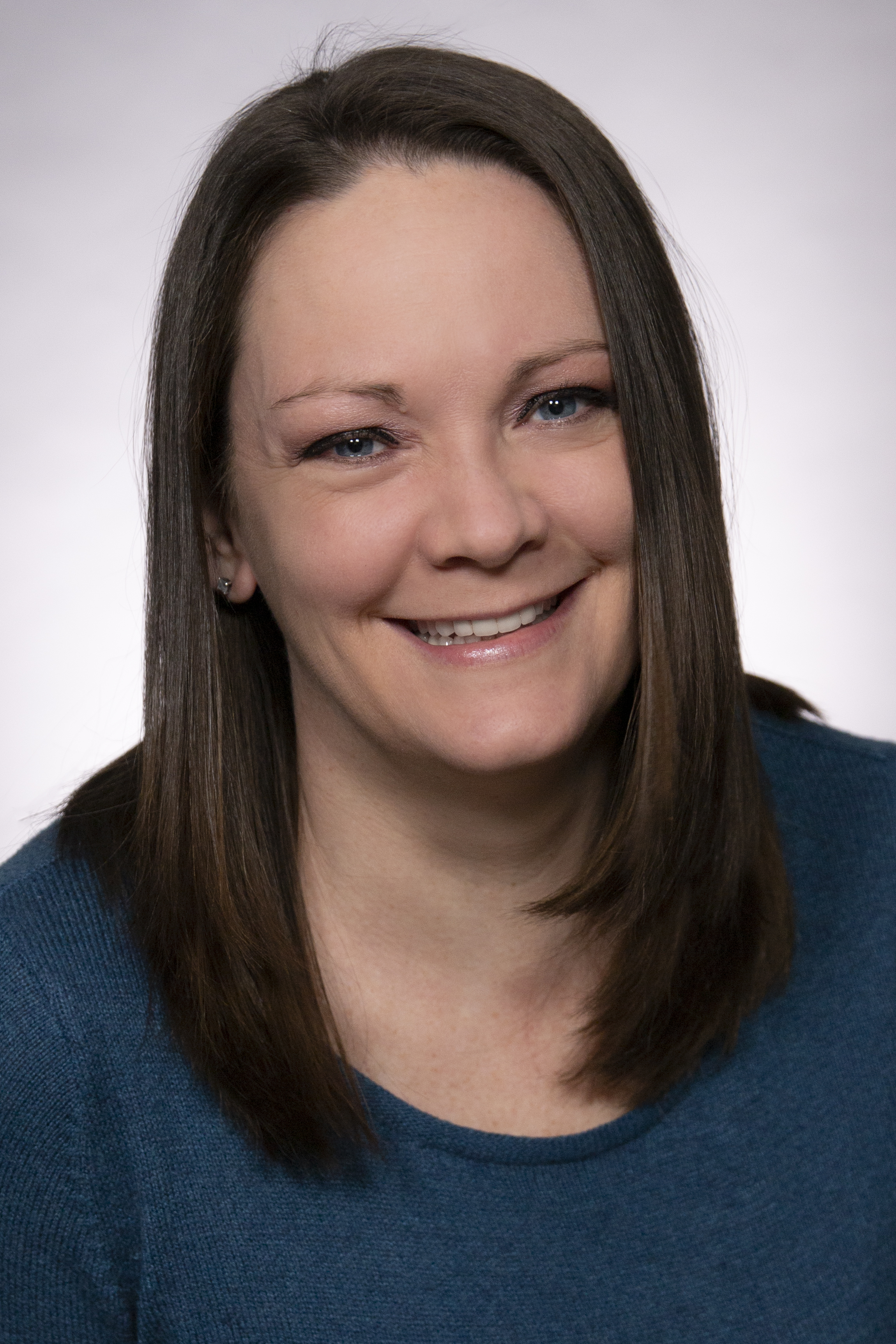What Advanced Practitioners Need to Know About CLL and BCL-2 Inhibition
Case 3: CLL Diagnosis, Prognostic Biomarkers, and Active Surveillance
Laura Zitella, MS, RN, ACNP-BC, AOCN, Lisa Nodzon, PhD, APRN, AOCNP, and Christina Russomanno, MSN, RN, NP-C, use a case study to explore initial presentation, diagnosis, important prognostic factors, and the approach to active surveillance. They cover factors influencing treatment decisions like comorbidities and logistics, and detail the significant role of measurable residual disease (MRD) testing, particularly for venetoclax-based regimens, and address patient anxieties surrounding MRD results that do not typically trigger re-treatment.
Chair

Laura Zitella, MS, RN, ACNP-BC, AOCN
University of California San Francisco
Faculty

Lisa Nodzon, PhD, APRN, AOCNP
Moffitt Cancer Center

Christina Russomanno, MSN, RN, NP-C
Columbia University Irving Medical Center
Transcript
Laura Zitella: Welcome to this virtual roundtable about managing the role of BCL-2 inhibition in chronic lymphocytic leukemia and what advanced practitioners need to know. My name is Laura Zitella, and I'm a nurse practitioner at the University of California San Francisco. And joining me today for this discussion are two of my fellow nurse practitioners, Lisa Nodzon from Moffitt Cancer Center, and Christina Russomanno from Columbia University Medical Center. Thank you so much for joining me today.
I thought we could start off our discussion with a case study, and then talk about staging, testing, treatment decisions, and surveillance.
So let's get started with Randy. Randy's a 67-year-old man who visited his primary care physician for his yearly physical examination. He was feeling well and had no symptoms. However, his laboratory results indicated that his absolute lymphocyte count was elevated at 27. Hemoglobin and platelet counts were within normal limits. And the peripheral blood smear revealed the presence of smudge cells, which are fragile cells. And so flow cytometry was performed, and it confirmed the diagnosis of CLL. This is a very common presentation for CLL that can often be found on routine blood work in a person who otherwise doesn't have any symptoms. On physical exam, there were no enlarged lymph nodes, no enlargement of the spleen or the liver, and thus, this patient had Rai Stage I disease.
The provider discussed with Randy that, based on the fact that he did not have any symptoms or bulky lymphadenopathy or any cytopenias, the recommendation would be active surveillance.
So in addition to the diagnostic workup that's already been done, there are 3 very important biomarker tests to obtain upon diagnosis. One of those is FISH testing for particular cytogenetic abnormalities. The second is looking for TP53 mutations. And the third is looking at the immunoglobulin heavy chain.
So Lisa, I wonder if you could comment on some of the prognostic factors that would be considered unfavorable in CLL?
Lisa Nodzon: Yes, thank you. So one of the most important things I think we can offer our patients when they are diagnosed is education. You mentioned that they're staging. A lot of patients will ask about that, but just as you're asking now, what about adverse prognostic markers? And so the way that we approach it with our patients is we talk about the FISH status. That del(17p) is the most unfavorable. Or the way we presented it to them as well too, is for some we say we just expect those cells to behave much more proliferatively. As is the case, you can see for a del (11q), but that's just one piece of that puzzle.
IGHV status is very important too. Whether patients are mutated or unmutated. Mutated is considered to be favorable, apart from the VH-321 family, that would be the exception. But unmutated is unfavorable nonetheless. So we tell the patients the way you have to look at the status nowadays when it comes to IGHV being mutated or unmutated is that mutated just really means you might have a longer time to when you actually require therapy vs. your unmutated counterpart. Unmutated meaning a shorter time to therapy. And as we talked about a little bit earlier, maybe a shorter PFS post-therapy. Of course, del(17p) patients regardless of mutation status, although they are typically IGHV unmutated, that is adverse overall.
And then that next step as well is doing this by NGS to see if we can pick up a TP53 mutation. Of course, TP53 mutations would be rare outside of del(17p). I do think it's important as well for patients that you do not pick up a del(17p) on to also do that NGS step, just to make sure you're not identifying a TP53 mutation.
So adverse in the sense that these patients require shorter time from active surveillance to therapy, as well as a shorter progression-free survival. But I also think it’s important to talk to our patients about the fact that the therapies we're using nowadays, is we're not using chemotherapy anymore, as it's just deemed to not be very effective. It’s very important to discuss with our patient that the therapies we have nowadays can overcome some of these adverse prognostic markers.
Laura Zitella: Thanks, Lisa. The other thing that I think is another clinical pearl is that the IGHV testing remains the same throughout the course of the disease, but the FISH testing can change. So, we do talk to patients, not only about their initial testing results, but when it does come time for them to have treatment, we always repeat the FISH testing and the TP53 mutation testing to make sure that the CLL has not acquired additional abnormality.
And then when we're talking to patients who are newly diagnosed and don't require any treatment, the idea of active surveillance affects people. People react to the idea of active surveillance a little bit differently. So Chrissy, how do you talk to your patients about active surveillance?
Christina Russomanno: This is a really good question and a really important time. I think over the years we've learned that we cannot downplay active surveillance, which is why we don't call it “watch and wait” any longer. So, what we do is we sit with the patients, and we talk to them about this being quite an important time, and it's a very important time for them to take some initiative in their health-care maintenance.
They need a lot of emotional support at this time. They're still trying to wrap their heads around their diagnosis. And they may need a lot of talk through to understand why they've been diagnosed with cancer and then told, "We're just going to watch it." A lot of people have trouble and think that they should be treated immediately.
So, we talk a lot about taking care of yourself, getting yourself in the best shape possible, well-rounded diet, health-care maintenance, right? Get your mammograms, your colonoscopies, see your dermatologist for your skin screenings. Keep up to date with your vaccines, no live vaccines, but it’s important to give yourself the most protection against infection.
And most importantly, find your support people. This is a really great time to find the people that you can rely on, whether it be a family member or a best friend. And also to find a support group, right? Whether in person or online. People that are in similar positions to you, who you can relate to, and you can talk to.
Laura Zitella: Thanks, Chrissy. I agree. Those are all the things that I talk to my patients about as well. And I do encourage them to join support groups, and to get as educated as they can about CLL. And I find that there are really good resources at the Leukemia & Lymphoma Society, and the HealthTree Foundation, and the CLL Society, where there's not only emotional support, but informational support about active surveillance, and then about the treatments that they may eventually need to have.
Another question that I get really frequently when I'm talking to patients about active surveillance is, “When do you think I might need treatment?” There is a very helpful model called the CLL-IPI that uses the biomarker testing, so the FISH testing, the TP53 testing, and the IGHV mutation testing, as well as serum beta-2 microglobulin, and the stage and the age of the patient. And it can tell us when approximately they might require treatment.
For our patient, Randy, who is early stage/stage I, and who is older than 65 but has a normal serum beta-2 microglobulin and no del(17p) or unmutated IGHV, the estimation of the chances of him needing treatment in 5 years is about 58%. And obviously, the exact time to treatment varies between individuals, but at least it gives a probability, something that patients can wrap their head around in terms of how long they might be able to be on active surveillance before they need any treatment.
So when it is time to start treatment, I think one of the biggest discussions is which treatment, and whether it's time defined vs. continuous? But other factors that might influence us would be comorbidities. So Lisa, what are some of the factors that you think about that might influence your decision or your patient's decision in choosing certain therapies?
Lisa Nodzon: Obviously, we talked about cytogenetics as probably the hallmark when we think about therapies, but also the patient's performance status. Are we talking about a patient that's very frail, perhaps with a lot of comorbid issues? And we think about cardiac issues, in particularly why? Because we know BTK inhibitors as a class can impart different cardio toxicities on the patient with bleeding arrhythmias. The bleeding can also be affected by if the patient's on aspirin for stroke risk, etc. So that's a really important consideration for us.
Logistics is going to be another big one. We talked earlier about the CLL14 trial giving obinutuzumab and venetoclax. Well, that involves a ramp-up. So for patients that perhaps are really far from our center, they have to feel comfortable in receiving this in the community. And also, the community oncologist has to feel comfortable giving the regimen. And we spoke earlier about sometimes when our patients start on therapy, we can be having white blood cell counts of 200,000 or 300,000, increasing their risk. So logistics come into play.
Polypharmacy is another important one. Are we expecting to have drug-to-drug interactions? And then I would say last but not least, the financial impact. What kind of support system may be available for the patient?
Laura Zitella: Thank you, Lisa. And then once we start treatment, we are monitoring patients for side effects. We're monitoring response. And the role of MRD, or minimal or measurable residual disease, is something that there's a lot of discussion about in CLL. So we typically do not monitor MRD in patients who are on continuous BTK inhibition, because it's a continuous therapy and very few patients achieve no measurable residual disease. Although most patients achieve a remission, they don't achieve the level of remission of no measurable residual disease. However, in venetoclax-based regimens, we do check MRD, and we check MRD at different time points. So I wonder, Chrissy, if you could comment on what you're doing at your institution in terms of measuring MRD and what tests you're using.
Christina Russomanno: We are not measuring MRD probably as frequently as most. So obviously, if a patient is on CLL14, we will not recheck them until they are getting to the end of therapy. And those patients that we deem suitable to come off, once they're off the regimen, we'll probably check every six months just out of curiosity.
Sometimes we do use that data for a patient on CLL14 if we want to go rogue. We'll use that data, and we might actually extend the time on the venetoclax a little bit if there's a little bit of disease left or if they have some high-risk features.
And then with the acalabrutinib and the venetoclax, we really have them on therapy most of the time for a year before we will check them. And then again, once they come off therapy, we'll monitor them about every 6 months. And we usually just do this via clonoSEQ. We can do it by flow as well easily, but we usually use clonoSEQ.
As far as, I know we were talking about the BTK inhibitors. Correct. We don't really check MRD there, except if we have a patient who literally looks like they might actually stand a chance, right? If everything's lining up and they're curious, only then would we really check. And I think there's been 2 patients in my whole career where we found undetectable measurable residual disease after a BTK.
Laura Zitella: Thanks, Chrissy. And Lisa, what are you doing at your center?
Lisa Nodzon: So for us, any patient that's going to be on a venetoclax-based regimen, we will perform the commercial tests. We use clonoSEQ, so we get an identification on the patient from the very beginning, so we have that data. And then we can use it at various time points. If we're talking about a patient in the front-line setting, we'll check the peripheral blood first for MRD negativity around month 9, month 10. Really no rule for us on that. If they have clearance, then we'll plan to proceed with the restaging bone marrow at the conclusion of therapy, and then recheck the MRD status on the bone marrow. I mean, we know that based on the CLL14 data, concordance between the peripheral blood and the marrow is about 90% for MRD status. So that's why we explain to the patient, we will check it again on the bone marrow, and then maybe periodically after, like Chrissy said, every 6 months or so in our patients.
For the high-risk that do want to come off and accept the shorter PFS, maybe more often. We might do 3 or 4 months on them. But the patients that are in the relapse setting, same thing. Coming near the 2-year landmark, we'll check them close to the 2-year peripheral blood and repeat it as such.
We do have some populations of patients though that say the MRD testing, I don't know if you girls see that too, that it causes them anxiety. And their thought being, "Well, what are you going to do about it if I'm MRD relapse? Is there going to be something different?" For the high-risk patient, maybe. There could be some different considerations. But the patient's right, we don't chase MRD status when it comes time to saying you require retreatment.
Laura Zitella: Yeah. Well, thank you so much, Christina and Lisa, for your expert opinions in this discussion. This brings us to the end of the discussion. Please see our two other videos for further discussion on the role of BCL-2 inhibition in CLL at jadpro.com.

